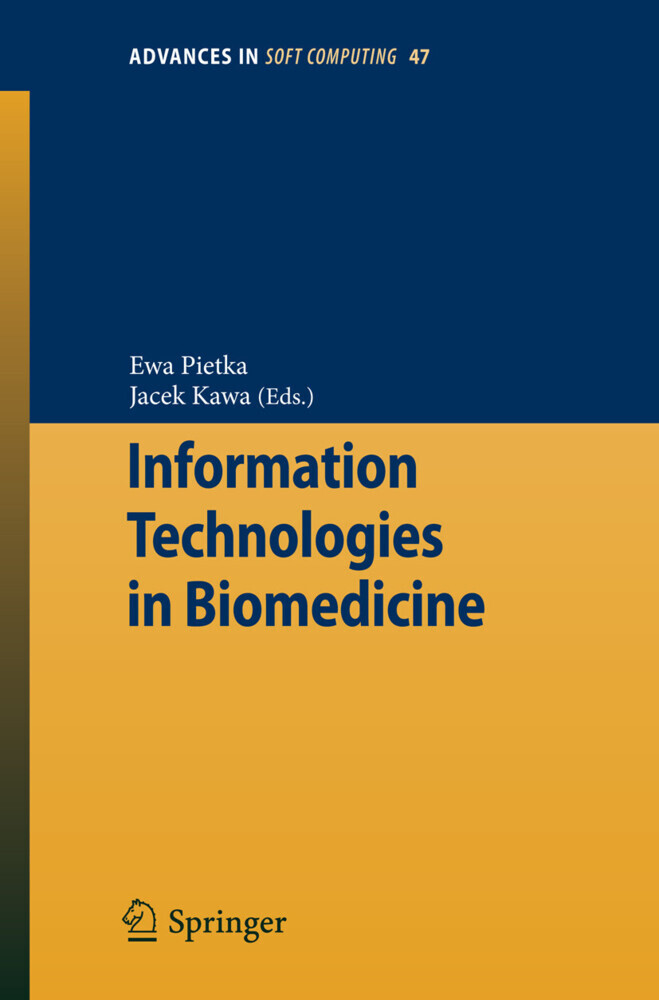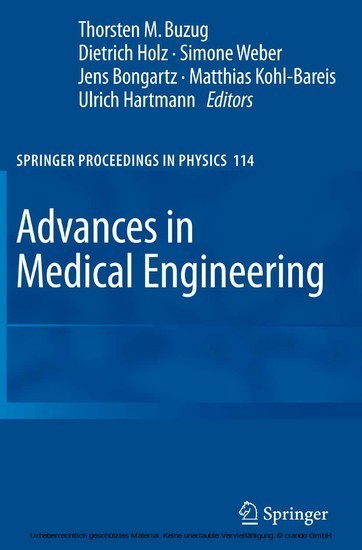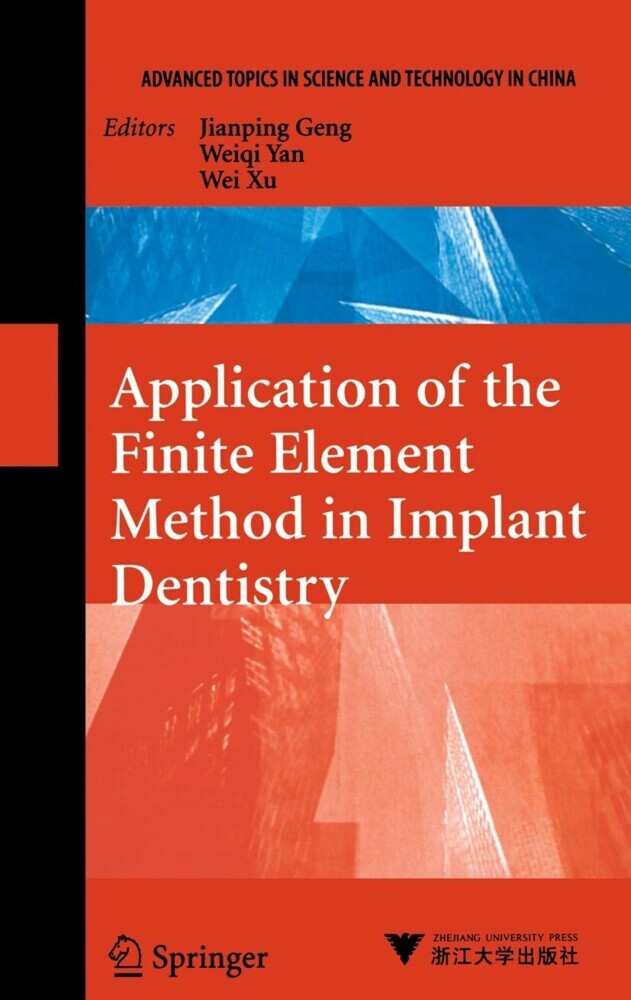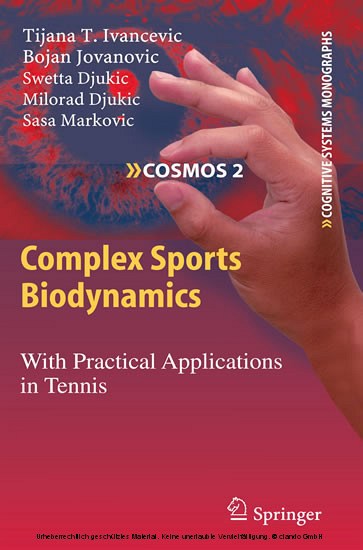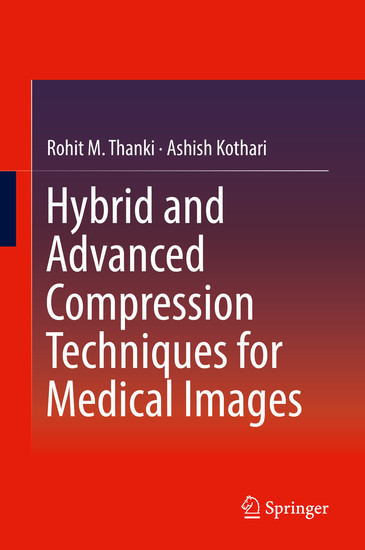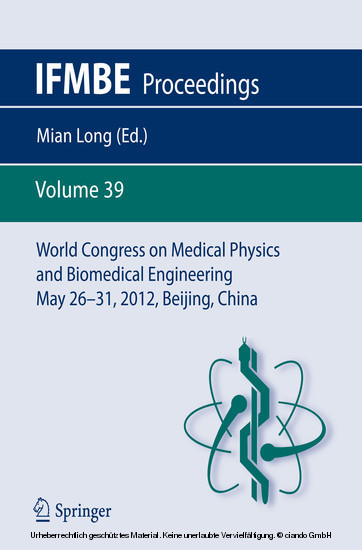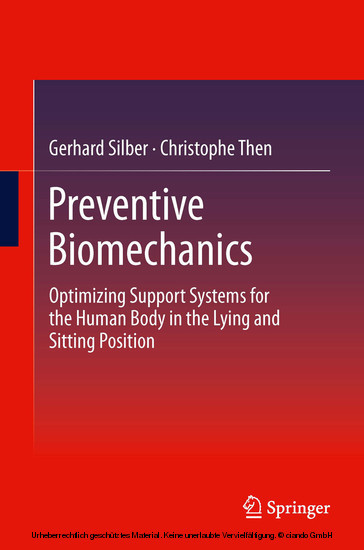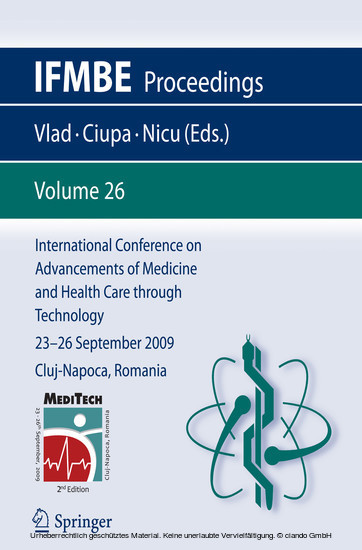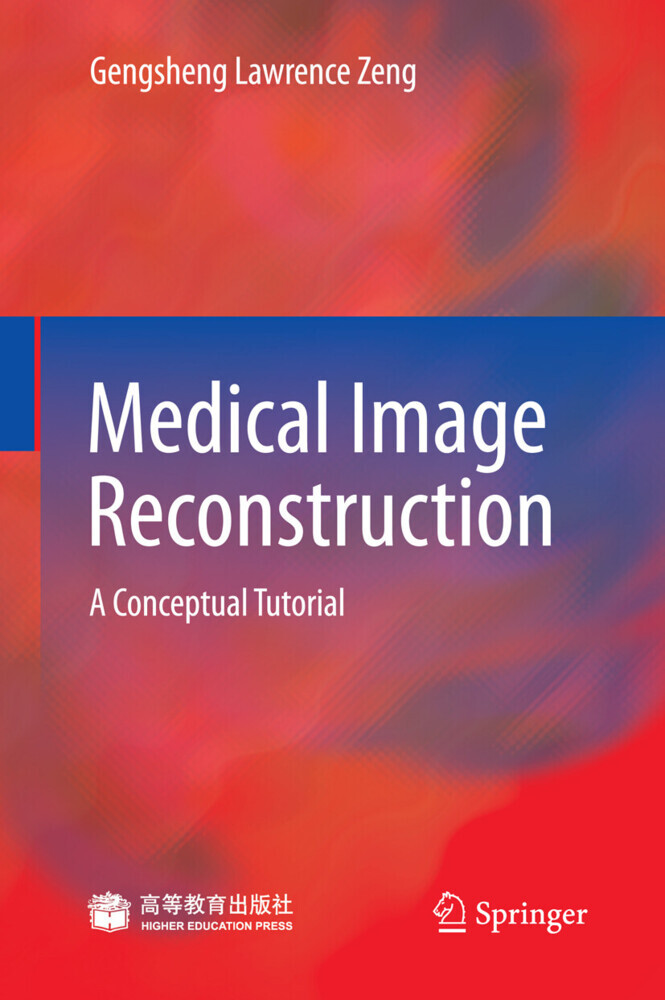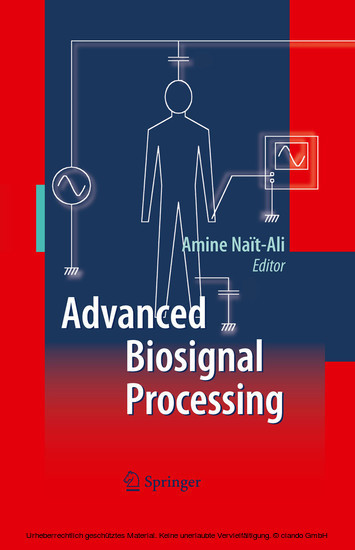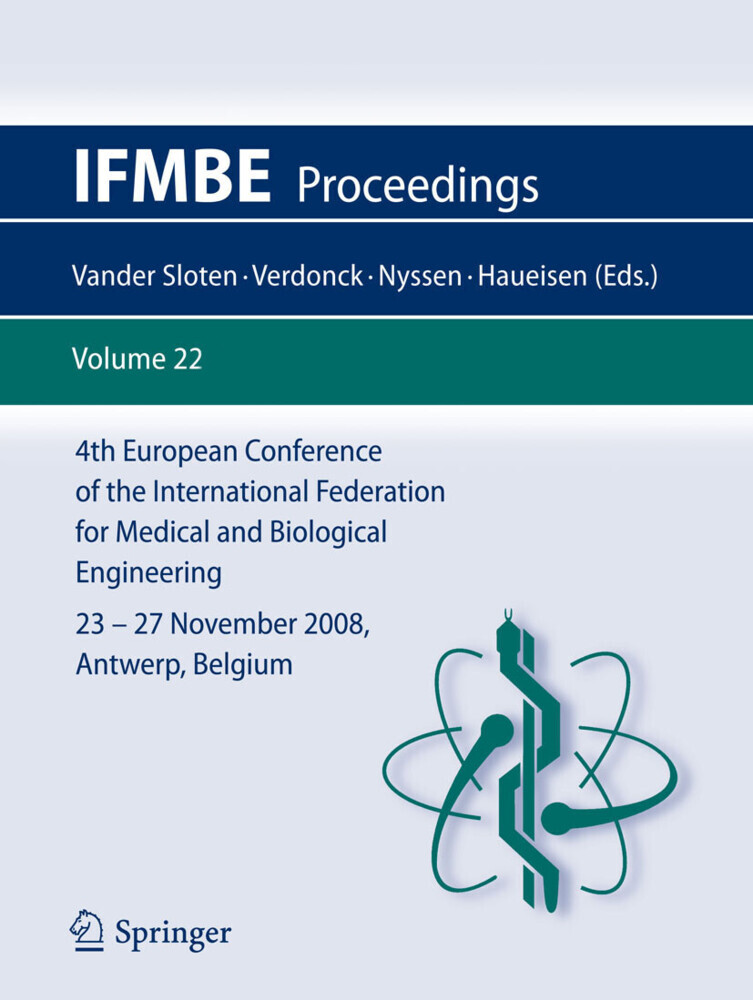Information Technologies in Biomedicine
As the medical information systems have been integrated in order to address the core of medicine, including patient care in ambulatory and in-patient setting, computer assisted diagnosis and treatment, telemedicine, and home care we are witnessing radical changes in the Information Technologies. This will continue in the years to come. This book presents a comprehensive study in this field and contains carefully selected articles contributed by experts of information technologies. It is an interdisciplinary collection of papers that have both a theoretical and applied dimension. In particular, it includes the following sections: - Image Processing and CAD, - Signal Processing, - Biotechnology, - Data Analysis, - Multimedia, - Biomechanics.
This book is a great reference tool for scientists who deal with problems of designing and implementing information processing tools employed in systems that assist the clinicians in patient diagnosis and treatment.
1;Preface;6 2;Contents;7 3;Part I Invited Papers;14 3.1;Exploring the Knowledge of Human Expert beyond His Willing Expression;15 3.1.1;Introduction;15 3.1.1.1;Rising a Need for New Knowledge;15 3.1.1.2;Current Validation Rules and Their Limitations;16 3.1.1.3;Objective Measurement of Behavior;16 3.1.2;Methodology;16 3.1.2.1;Human Expert as Experiment Subject;16 3.1.2.2;Knowledge Exploration Techniques;17 3.1.3;Pursuit of the Human Eye in Course of the Visual ECG Interpretation;18 3.1.3.1;Perceptual Model Concept;18 3.1.3.2;Eye Tracking Method;18 3.1.3.3;Experiment Setup and Participants;19 3.1.3.4;Scanpath Signal Processing;20 3.1.3.5;Results of the Human Eye Pursuit;21 3.1.4;Pursuit of the Human Choice in Course of Diagnostic Result Selection;22 3.1.4.1;Expert's Choice as Indicator of Medical Data Relevance;22 3.1.4.2;Usual Interface with Hidden Poll Functionality;23 3.1.4.3;Statistical Processing;24 3.1.4.4;Results of the Pursuit of Human-Made Relevance Indication;24 3.1.5;Conclusions;25 3.1.6;References;25 3.2;Application Problems of Implants Used in Interventional Cardiology;27 3.2.1;Introduction;27 3.2.2;Biophysical Conditions of the Heart-Coronary Vessels System;28 3.2.3;Conditions of Using Metal Biomaterials for Coronary Stents;30 3.2.4;Forming the Physical and Chemical Properties of the Coronary Stents Surface Layer;33 3.2.5;Summary;37 3.2.6;References;38 3.3;Computer Enhanced Orthopedics;40 3.3.1;Introduction;40 3.3.2;Computer Enhanced Orthopaedic Education;41 3.3.3;Orthopedic PACS;43 3.3.4;Computer Assisted Preoperative Planning;45 3.3.5;Computer Assisted Surgical Navigation in Orthopedic Surgery;46 3.3.6;Robotics in Orthopedic Surgery;47 3.3.7;Virtual Reality Orthopedic Surgery;48 3.3.8;Computerized Design of Orthopedic Implants;48 3.3.9;Telemedicine in Orthopedics;49 3.3.10;Conclusions and Final Remarks;50 3.3.11;References;50 3.4;Computer-Aided Diagnosis: From Image Understanding to Integrated Assistance;56 3.4.1;Introduction;56 3.4.2;Rationales;57 3.4.2.1;Human Limitations;57 3.4.2.2;Computer-Aided Diagnosis;58 3.4.3;CAD Statement and Development;59 3.4.3.1;Computational Image Descriptors;59 3.4.3.2;Semantic Visualization;59 3.4.3.3;Medical Knowledge Platform;60 3.4.3.4;Cognitive Resonance for Image Understanding;61 3.4.3.5;Content-Based Indexing of Medical Images;62 3.4.4;Integrated Interpretation Assistance;64 3.4.5;Conclusions;64 3.4.6;References;65 4;Part II Image Processing and CAD;67 4.1;Biomedical Structures Representation by Morphological Spectra;68 4.1.1;Introduction;68 4.1.2;Morphological Spectra;69 4.1.3;Spectral Representation of Single Irregular Objects;71 4.1.4;Spectral Representation of Classes of Objects;72 4.1.5;Conclusions;76 4.1.6;References;76 4.2;Medical Image Analysis Using Potential Active Contours;77 4.2.1;Introduction;77 4.2.2;Preprocessing;78 4.2.3;Detection of an Eyeball;80 4.2.4;Summary;83 4.2.5;References;83 4.3;Potential Active Contours - Basic Concepts, Mechanisms and Features;85 4.3.1;Introduction - Physical Background;85 4.3.2;Energy Function;87 4.3.3;Simulated Annealing;89 4.3.4;Move Generator;91 4.3.4.1;Gaussian Move Generator;91 4.3.4.2;Equalization of Chances;92 4.3.4.3;Modification of the Number of Sources;93 4.3.4.4;Move Generator - Suggestions for Further Research;94 4.3.5;Summary;94 4.3.6;References;95 4.4;Fractal Magnification of Medical Images;96 4.4.1;Introduction;96 4.4.2;Fundamentals of Fractal Magnification;97 4.4.3;Proposed Magnification Method;97 4.4.3.1;Image Fidelity;97 4.4.3.2;Time Cost Reduction;99 4.4.4;Experimental Results;101 4.4.5;Conclusions and Future Work;103 4.4.6;References;103 4.5;Fuzzy Clustering in Segmentation of Abdominal Structures Based on CT Studies;104 4.5.1;Introduction;104 4.5.2;Traditional Live-Wire Algorithm;104 4.5.2.1;Local Cost Map Definition;105 4.5.2.2;Graph Searching;105 4.5.2.3;Live-Wire-on-the-Fly;107 4.5.3;Modified Live-Wire Algorithm;108 4.5.3.1;Wavelet Cost Map Definition;109 4.5.3.2;Fuzzy c-Means Clustering;109 4.5.3.3;Live-Wir
| ISBN | 9783540681687 |
|---|---|
| Artikelnummer | 9783540681687 |
| Medientyp | E-Book - PDF |
| Auflage | 2. Aufl. |
| Copyrightjahr | 2008 |
| Verlag | Springer-Verlag |
| Umfang | 574 Seiten |
| Sprache | Englisch |
| Kopierschutz | Digitales Wasserzeichen |

